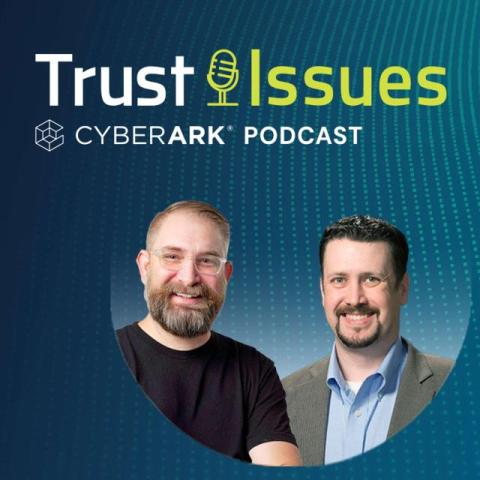Salt Typhoon, The Shadow in the Digital Storm
Salt Typhoon is suspected to be an Advanced Persistent Threat (APT) group. Their origins are linked to state-sponsored entities in Asia, leveraging their technical expertise to breach some of the world’s most critical telecom infrastructure. Unlike ransomware groups that aim for monetary gain, Salt Typhoon’s primary objective is espionage, focusing on data theft and surveillance.











